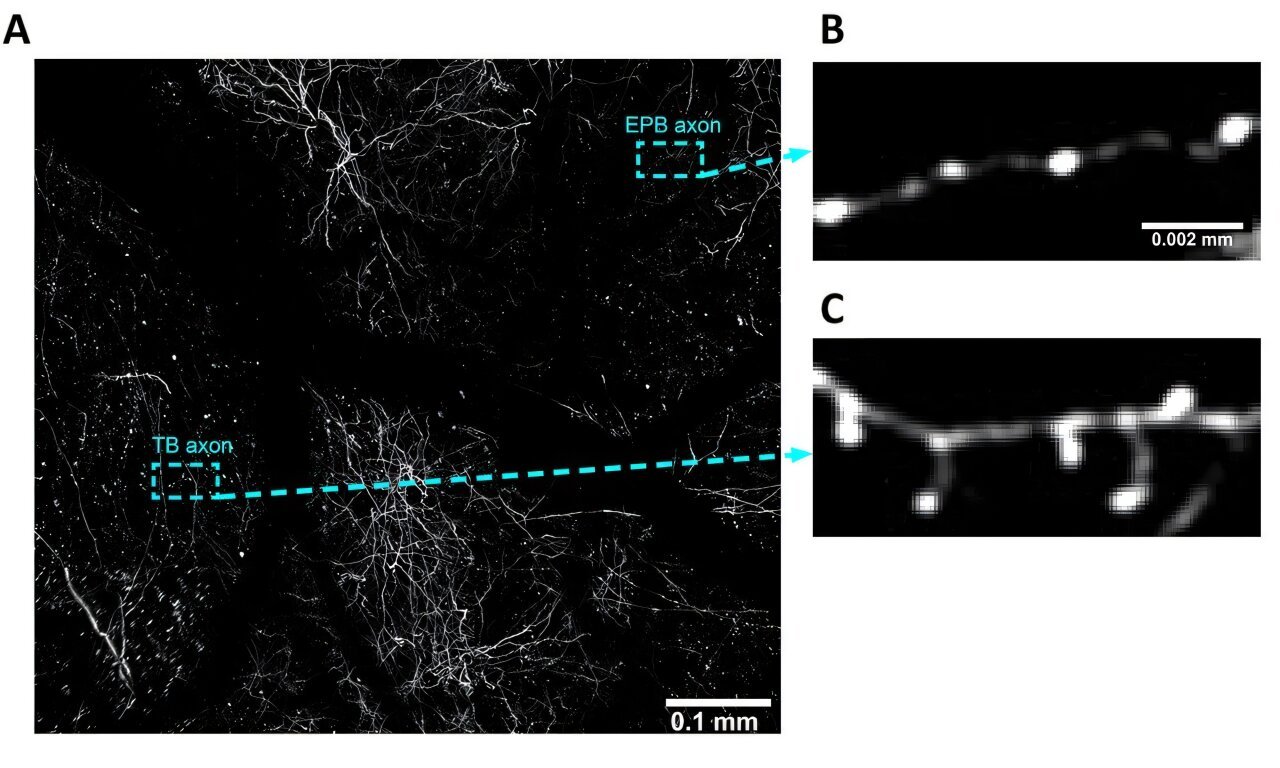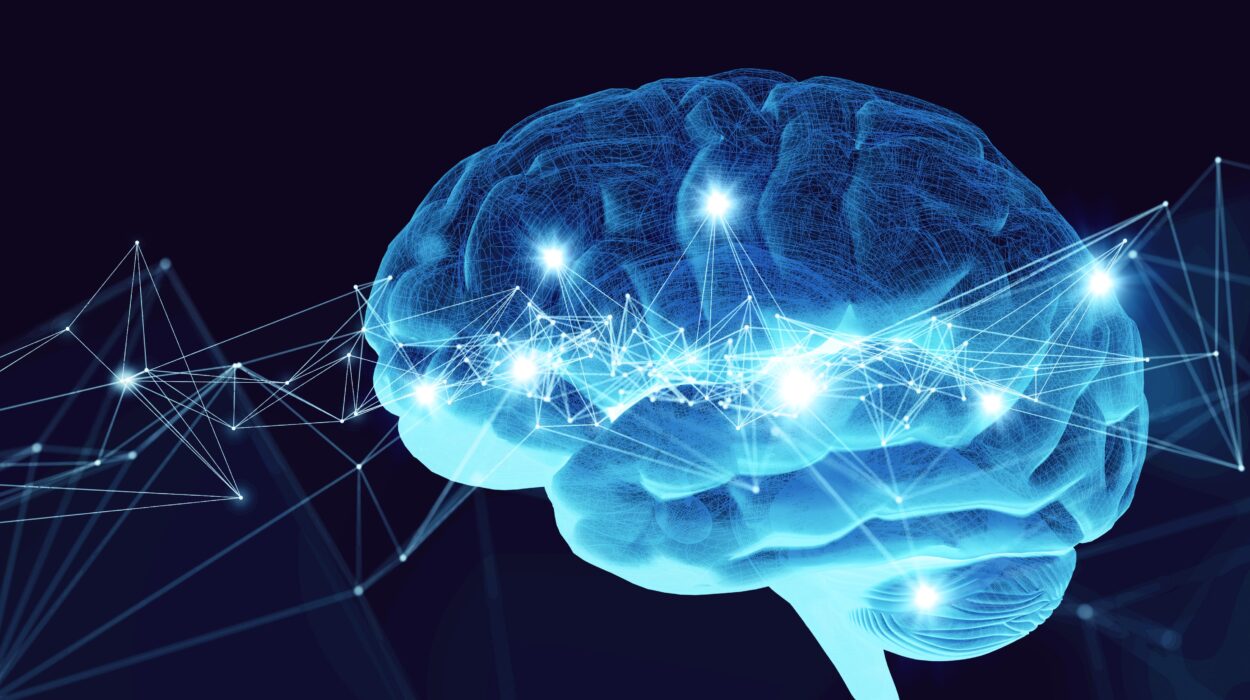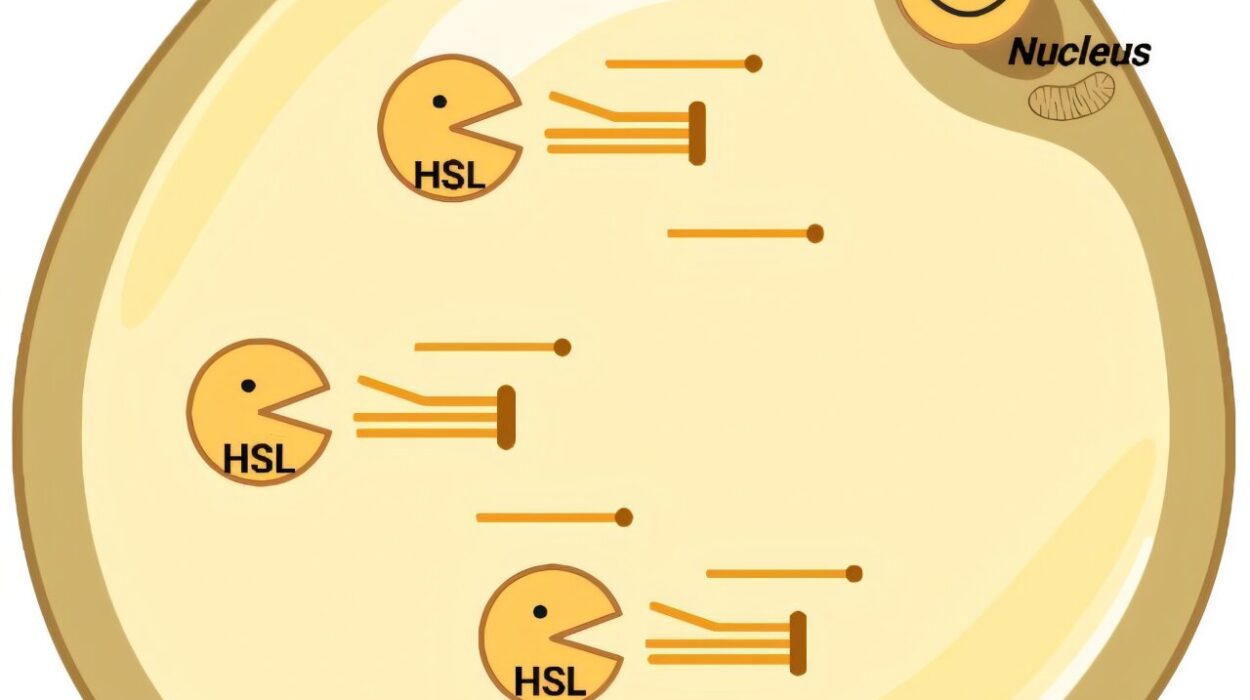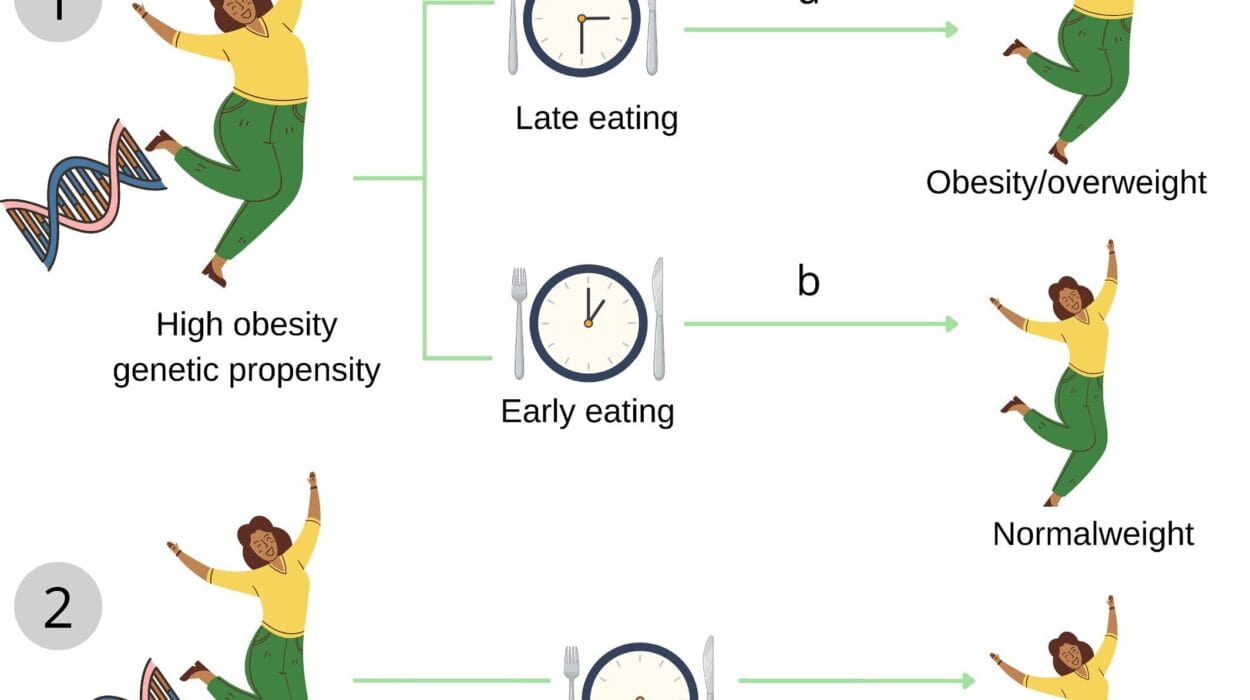Imagine waking up one day in a house you’ve lived in your whole life—only to find that the doors no longer lead where they used to. You open one expecting your kitchen, but find a closet. You reach for a name you’ve known for decades, but it slips through your grasp like fog. This is the cruel disorientation of Alzheimer’s disease, a neurodegenerative condition that slowly dismantles memory, identity, and connection from the inside out.
It’s a condition that currently affects millions of people worldwide, stealing memories, personalities, and relationships. Despite decades of research, no cure exists. But a new study brings a glimmer of hope—one that could restore the very connections that Alzheimer’s erodes.
A team of scientists from the University of Queensland and the Wicking Dementia Research and Education Center at the University of Tasmania has discovered that a non-invasive brain stimulation technique known as repetitive transcranial magnetic stimulation (rTMS) can temporarily revive the brain’s ability to form and modify neural connections in mice with Alzheimer’s-like symptoms. Their findings, recently published in Neurophotonics, could reshape the future of dementia treatment.
Synapses: The Brain’s Memory Threads
At the heart of our ability to think, feel, remember, and learn lies one extraordinary feature: synaptic plasticity. This is the brain’s ability to strengthen or weaken the connections between neurons—called synapses—based on experience. Every time you learn a new word, remember a face, or forget an old phone number, your brain is reshaping itself, fine-tuning these fragile bridges of communication.
In Alzheimer’s disease (AD), this beautiful flexibility is among the first casualties. Synapses begin to malfunction. They disconnect. They vanish. Over time, the intricate network of memories and meaning begins to unravel. This breakdown is largely driven by the toxic accumulation of amyloid plaques and tau tangles that interfere with neuron function.
Understanding how to protect, repair, or even regrow these connections is central to the fight against AD. And that’s where the promise of rTMS comes in.
The Magnetic Touch
Repetitive transcranial magnetic stimulation is a mouthful, but its mechanism is surprisingly elegant. It works by sending carefully controlled pulses of electromagnetic energy through the skull to stimulate specific brain regions. It’s entirely non-invasive—no surgery, no injections, no implants. Just magnetic fields nudging neurons into action.
Already used in the treatment of depression and some neurological disorders, rTMS has intrigued scientists for years as a potential tool to enhance brain plasticity. But its effects on Alzheimer’s, especially at the level of individual synapses, remained largely mysterious.
Until now.
Peering Inside a Living Brain
To unravel the effect of rTMS on AD, the researchers turned to a remarkable mouse model—one specially engineered to mimic key symptoms of the disease. These mice, from a cross between the APP/PS1 and Thy1-GFP strains, not only develop amyloid plaques like human patients, but also carry fluorescent proteins in their neurons. This makes their axons—the long signal-transmitting extensions of nerve cells—glow under a special microscope.
Using two-photon imaging, the team was able to look directly inside the brains of these living mice, tracking microscopic structures known as axonal boutons. These tiny swellings on axons are where synapses form. Changes in the number and behavior of these boutons serve as a direct readout of synaptic health.
The researchers focused on two types:
- Terminaux boutons (TBs): stubby projections that form synapses with nearby neurons.
- En passant boutons (EPBs): bead-like bumps along the axon that connect to more distant partners.
Over the course of eight days, with imaging snapshots taken every 48 hours, the team watched how these synaptic boutons behaved—before and after a single session of low-intensity rTMS.
A Spark in the Silence
Before the stimulation, the mice with Alzheimer’s symptoms already showed trouble. Their synaptic boutons—though similar in number to healthy mice—were far less dynamic. This meant fewer new connections being formed, fewer old ones pruned away. A brain losing its flexibility. A network growing quiet.
Then came the rTMS.
After just one session, something remarkable happened: the turnover rate of terminaux boutons in both healthy and AD-model mice increased significantly. In the AD mice, the change was dramatic—a 213% increase in TB turnover two days after stimulation. For comparison, healthy mice showed an 88% rise. The axons were suddenly more active, reconfiguring, testing new connections.
Even more importantly, this boost in synaptic remodeling brought the diseased mice up to nearly the same level as the healthy ones before stimulation. In other words, rTMS temporarily restored synaptic plasticity in the AD-affected brains—a rare and encouraging feat.
Curiously, the en passant boutons showed no such change, suggesting that not all synapses are equally affected—or equally responsive—to rTMS. This selectivity could provide valuable insight into tailoring future treatments more precisely.
A Temporary Revival, A Lasting Question
By the eighth day, the effects had faded. The elevated bouton turnover returned to baseline. But this doesn’t diminish the importance of the finding. A temporary return of synaptic flexibility—even if short-lived—hints at untapped potential. Could repeated sessions maintain or even amplify the benefits? Could combining rTMS with drugs or cognitive therapies yield longer-lasting effects?
Lead author Dr. Barbora Fulopova sees this as a milestone:
“This is the first study to provide evidence of pre-synaptic boutons responding to rTMS in a healthy nervous system as well as a nervous system marked by the presence of dementia.”
It’s a step toward decoding one of Alzheimer’s most elusive features—not just the visible brain damage seen in scans, but the invisible breakdown of communication between neurons.
Hope on the Horizon
Though the study was conducted in mice, its implications ripple outward. It adds to a growing body of evidence that rTMS is more than just a symptom management tool—it may also support the structural rewiring of the brain. For patients, this could mean better memory retention, clearer thinking, and improved quality of life.
More research will be needed to determine whether the same bouton-level changes occur in human brains. But the groundwork has been laid. And the method—a non-invasive, low-intensity stimulation—is safe and accessible enough to be scaled up in clinical trials.
For now, the team’s discovery serves as a powerful reminder: even in a brain shadowed by dementia, there is still light. Still the potential for growth. Still the spark of memory, waiting to be rekindled.
The Fragile Beauty of Brain Plasticity
Alzheimer’s disease has long been seen as a one-way street, a slow collapse of memory and self. But this study suggests a different metaphor—not a collapse, but a dimming. One that, with the right tools, might be brightened again, even if briefly.
Repetitive transcranial magnetic stimulation may not be a cure. But it is a signal—literally and figuratively—that the brain, even in its most vulnerable state, retains the capacity to respond, to change, to reach.
In the silent circuits of a mouse’s brain, a magnetic pulse stirred forgotten connections. For the millions affected by dementia, that small awakening could be the beginning of something extraordinary.
Reference: Barbora Fulopova et al, Repetitive transcranial magnetic stimulation increases synaptic plasticity of cortical axons in the APP/PS1 amyloidosis mouse model, Neurophotonics (2025). DOI: 10.1117/1.NPh.12.S1.S14613






